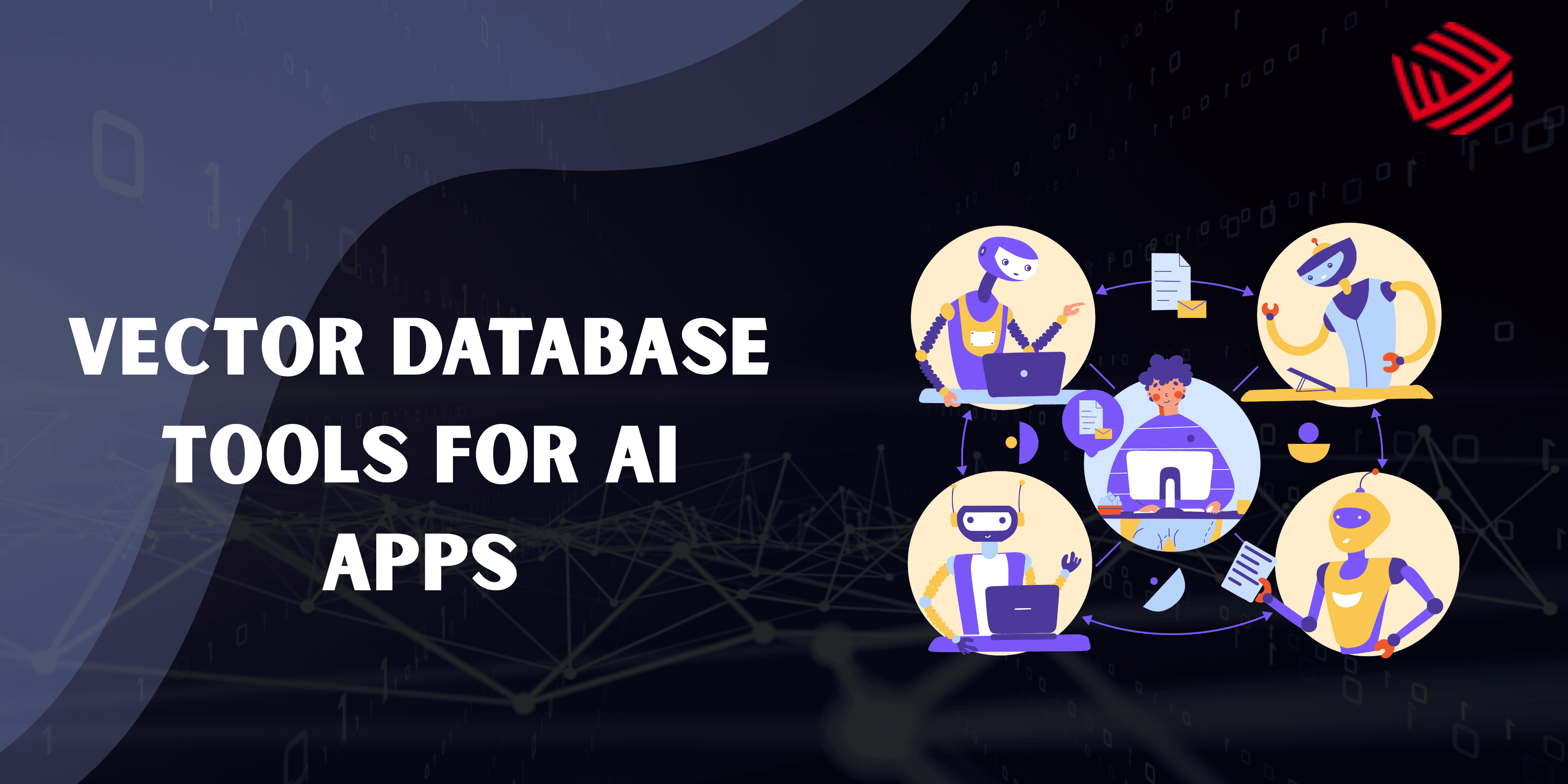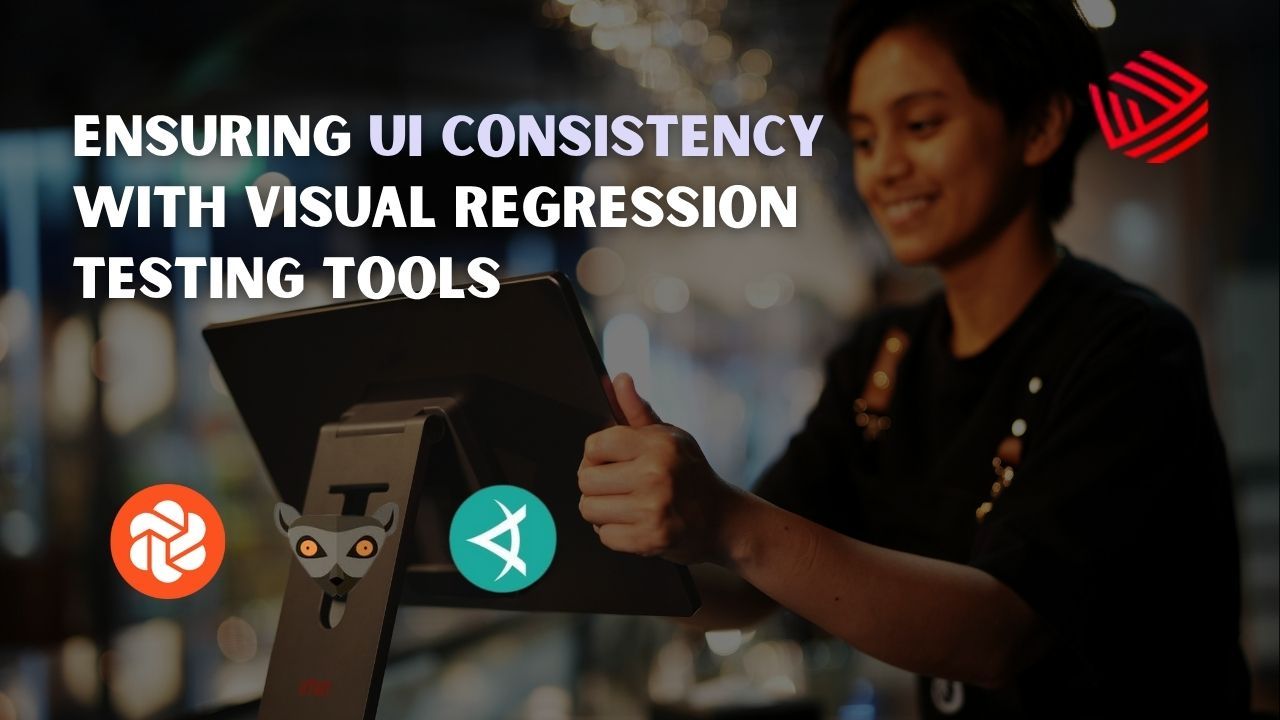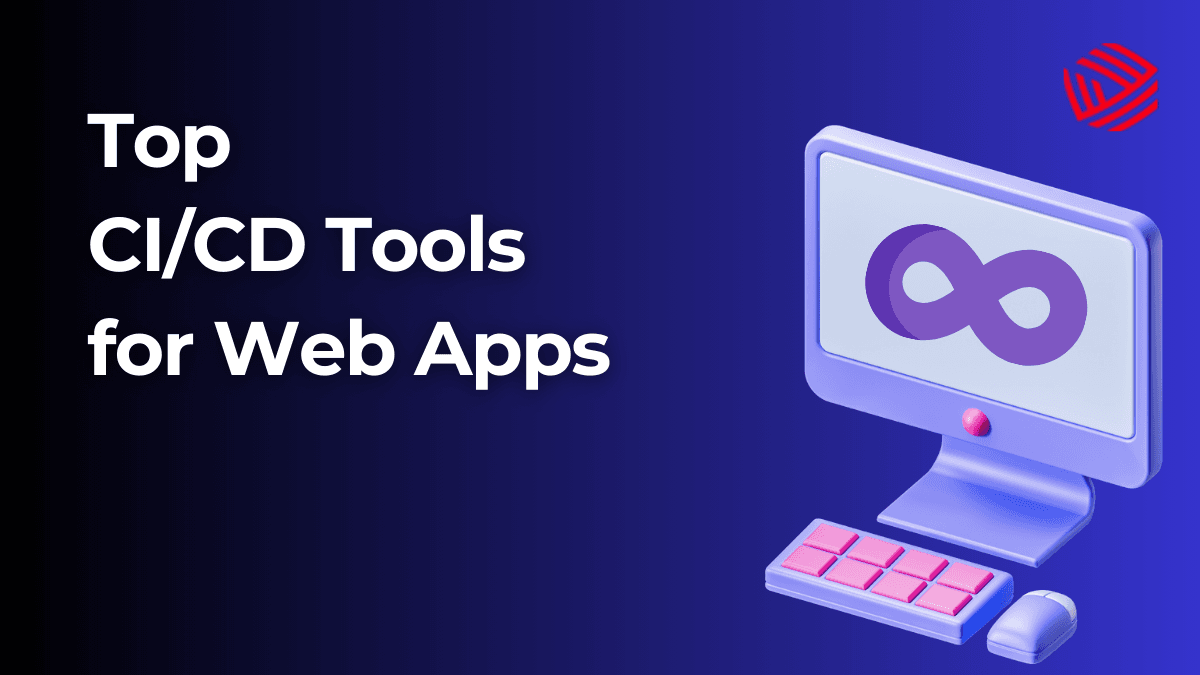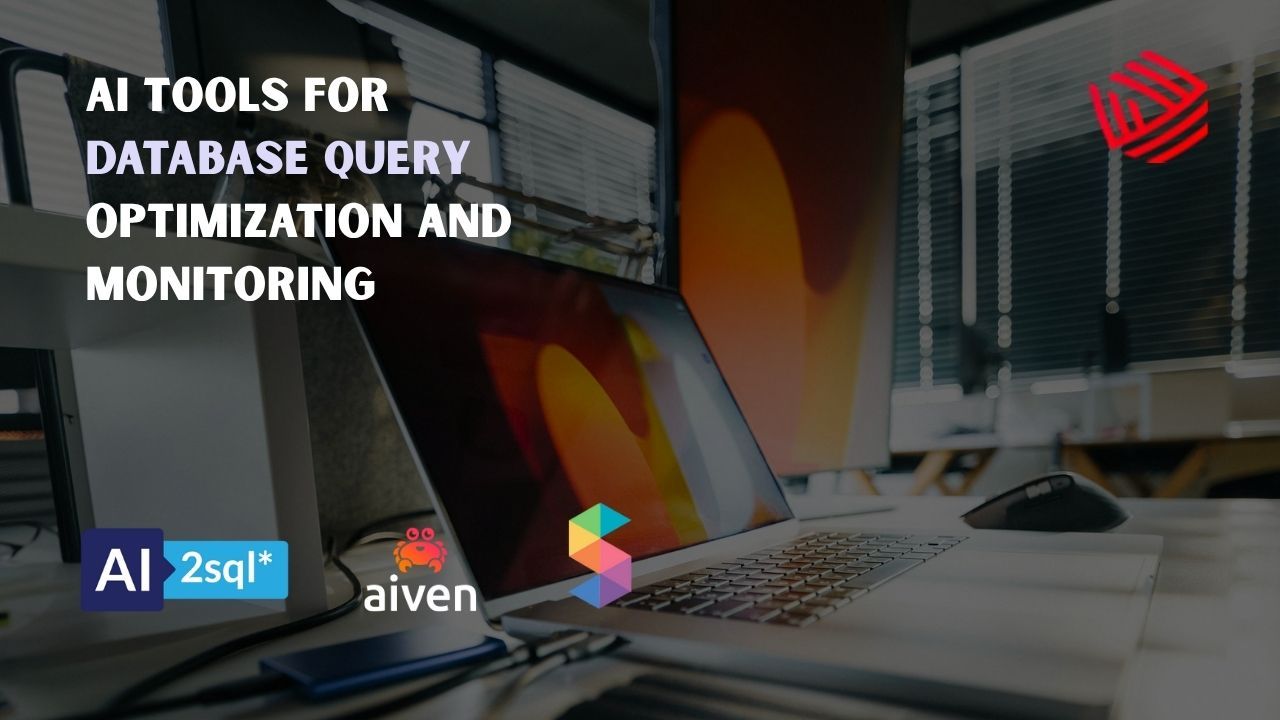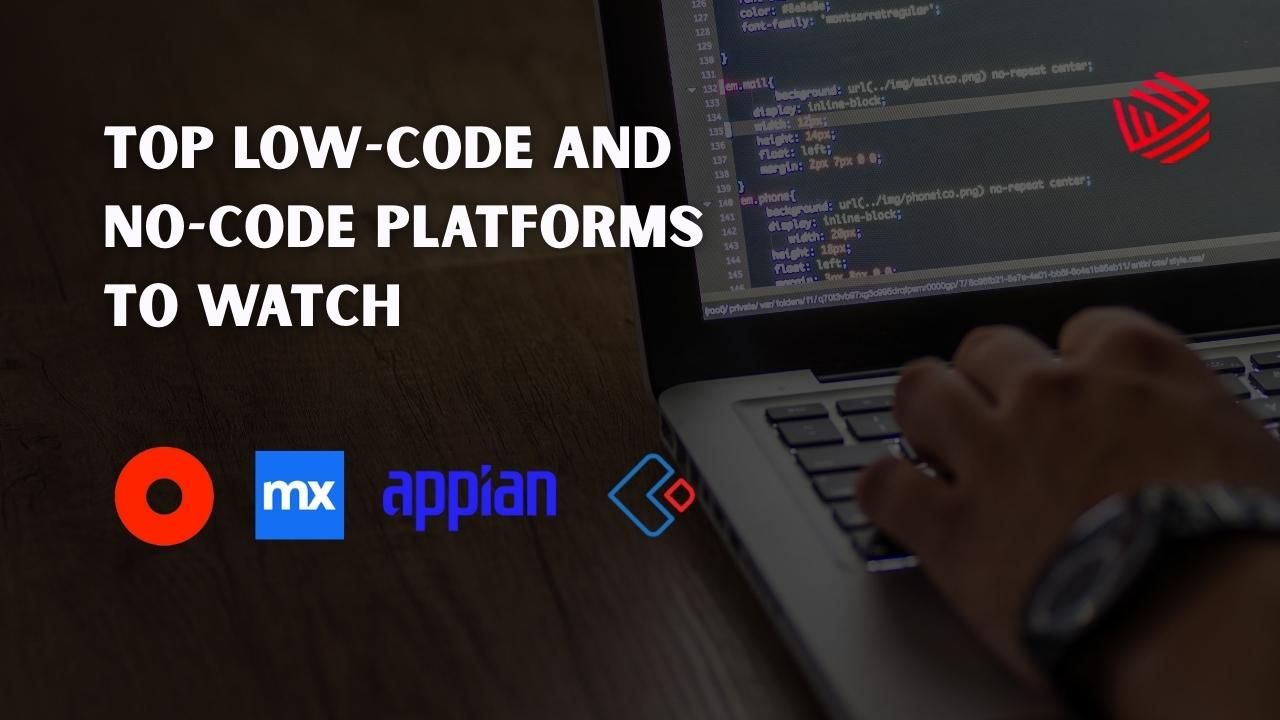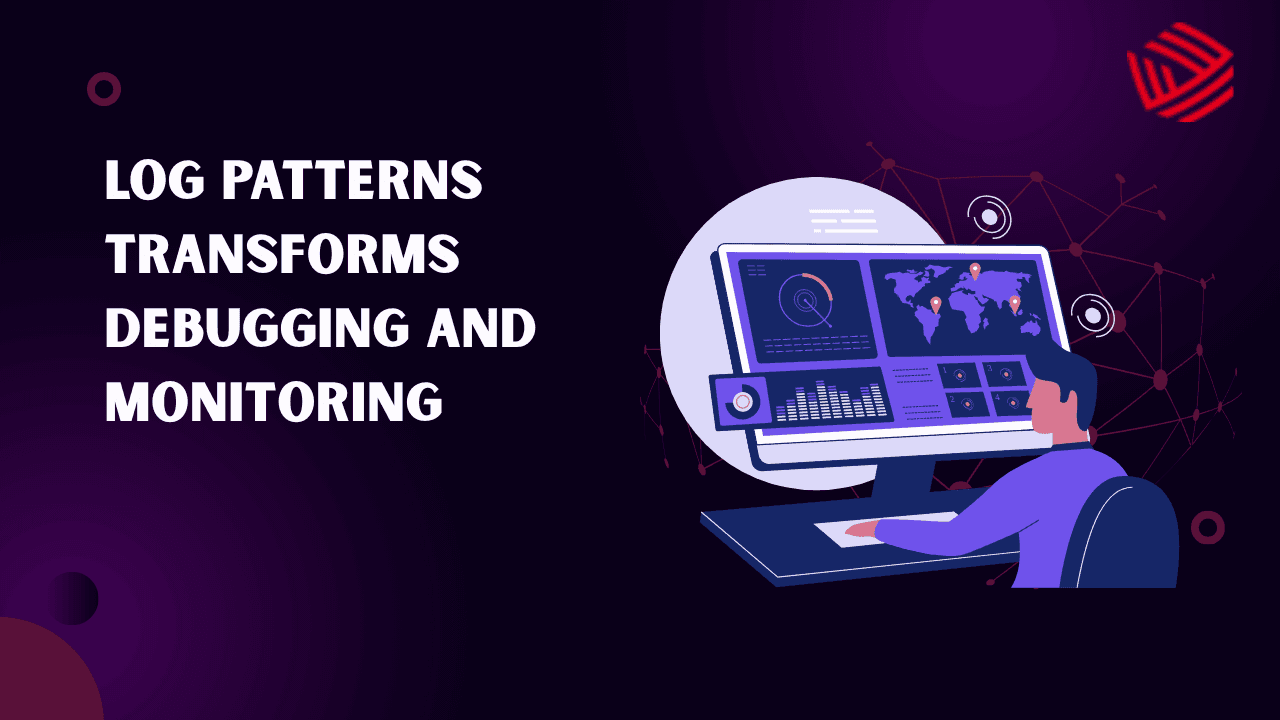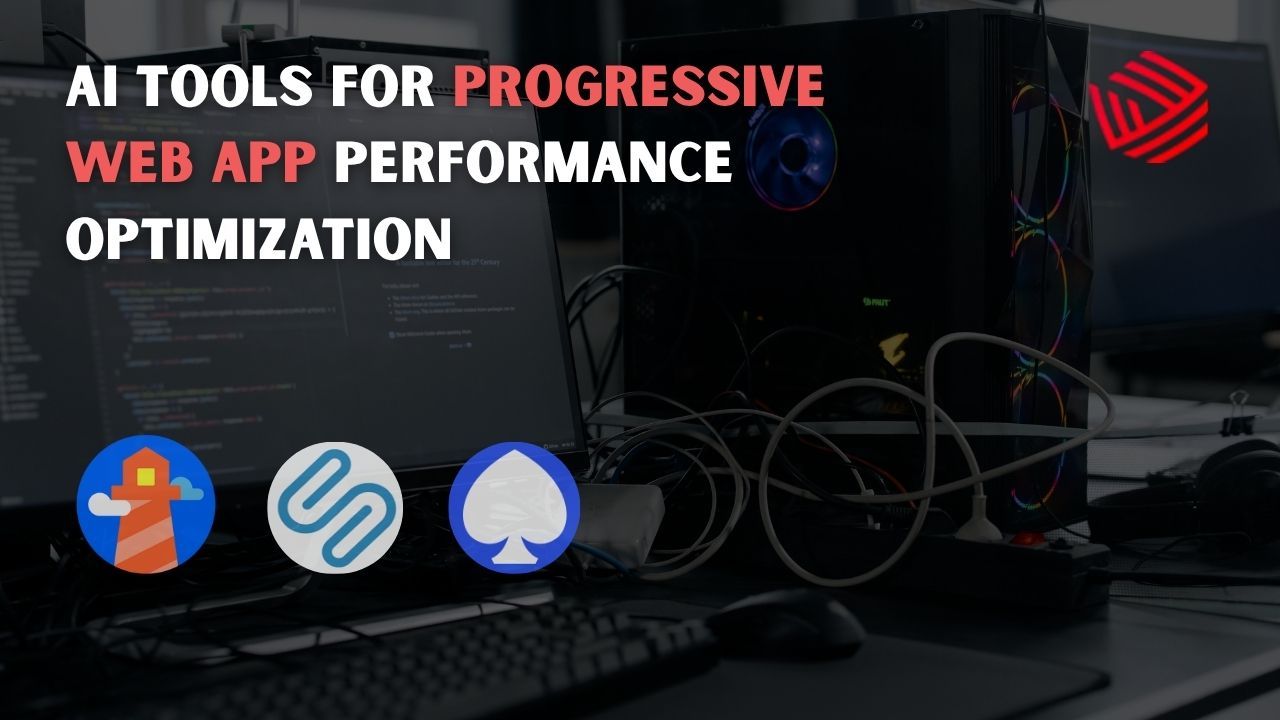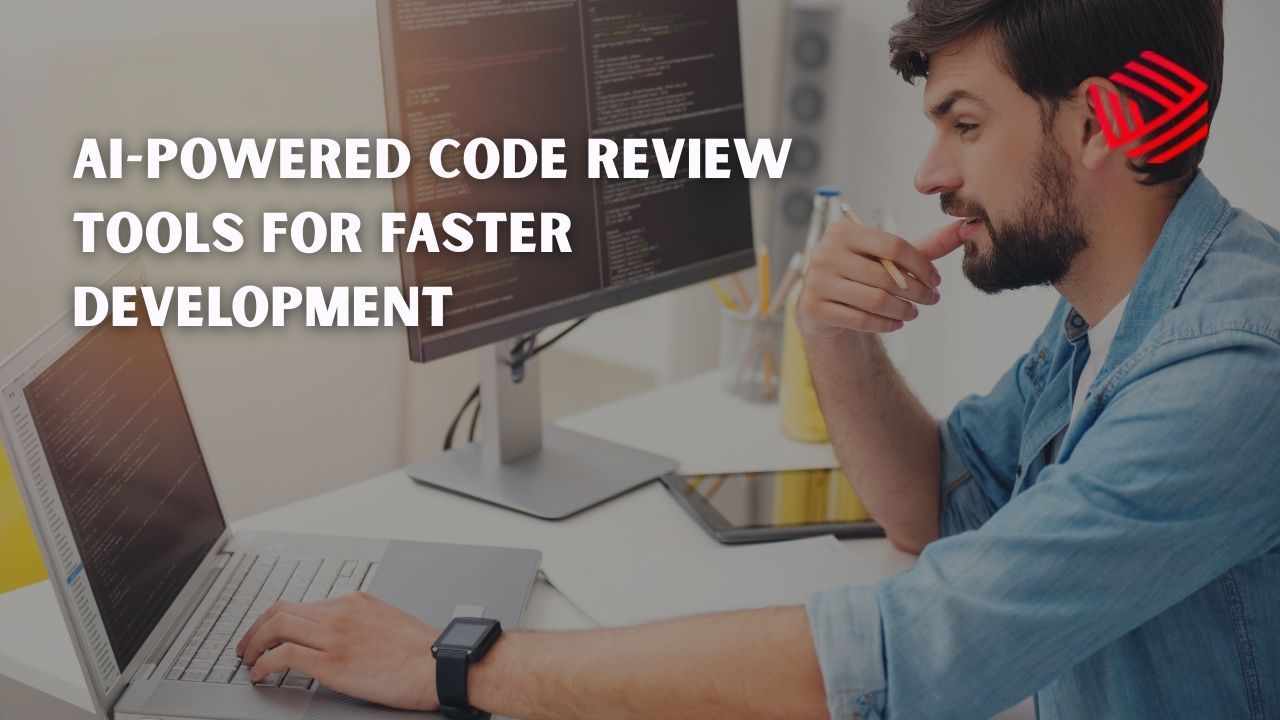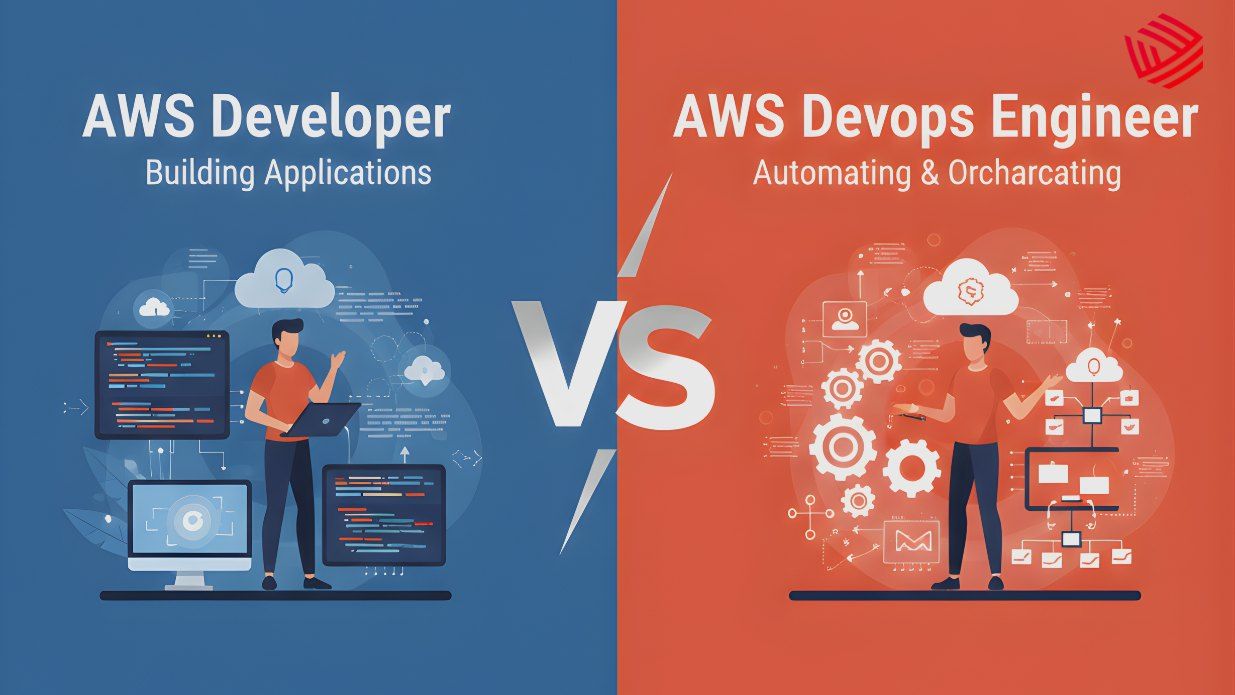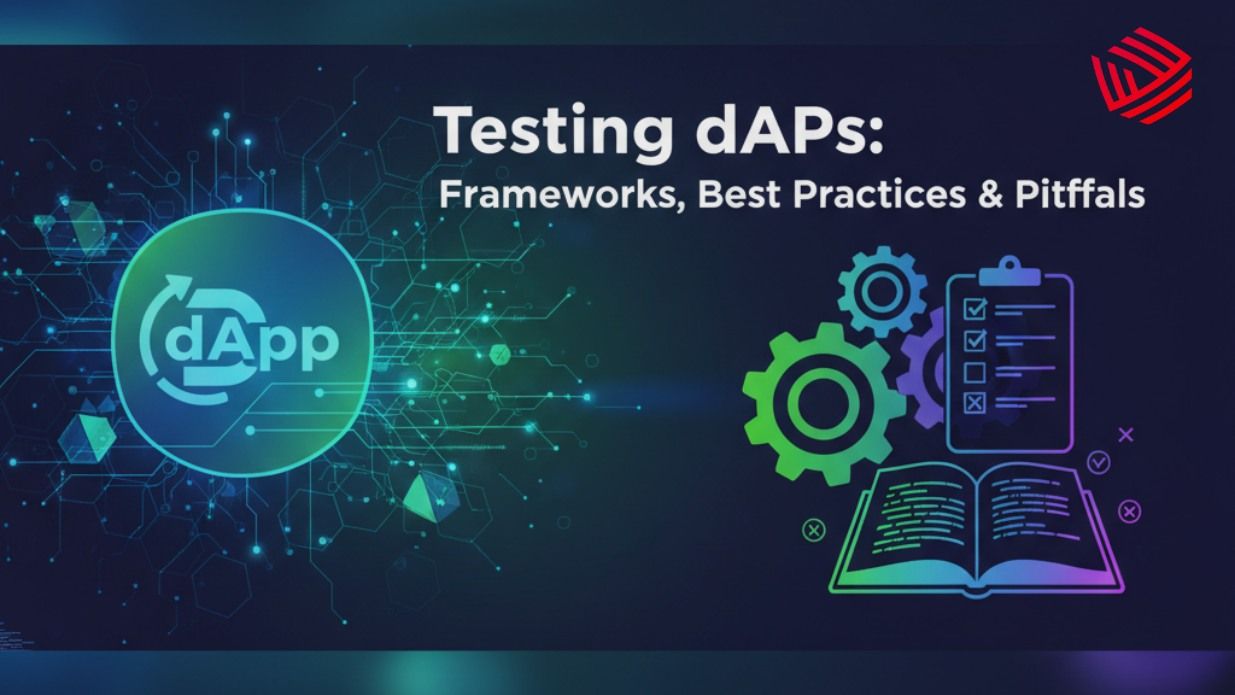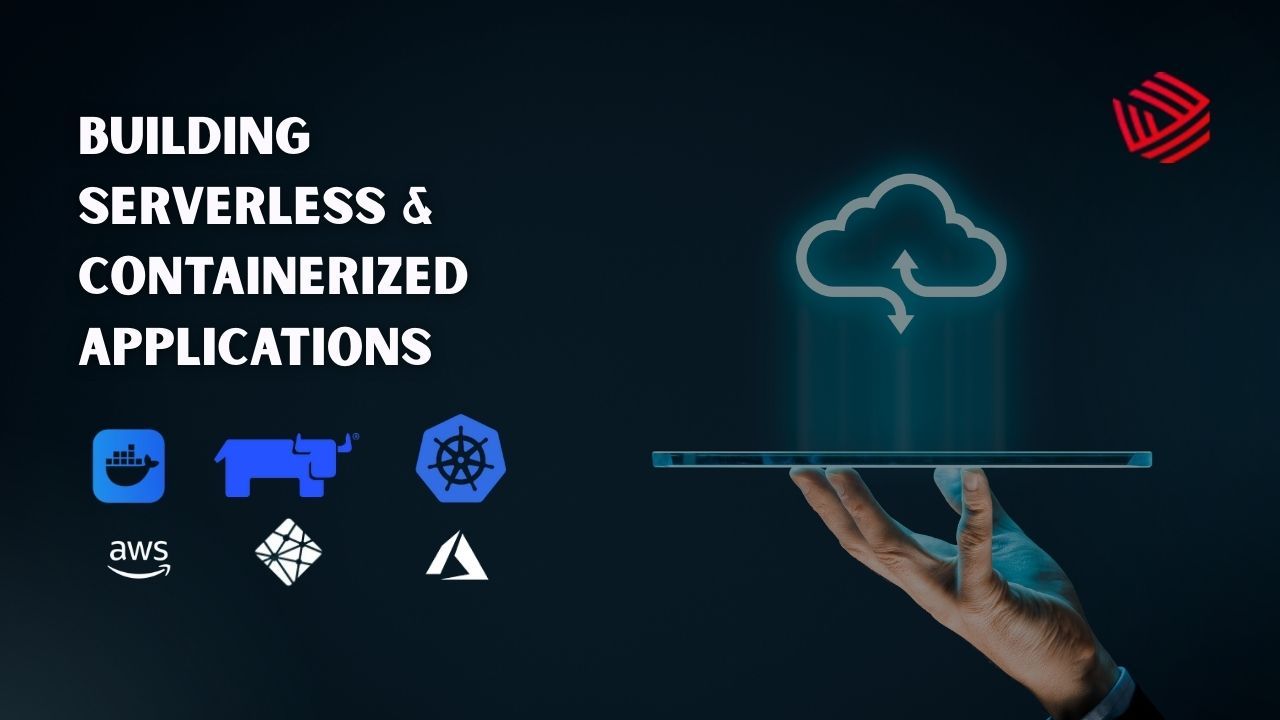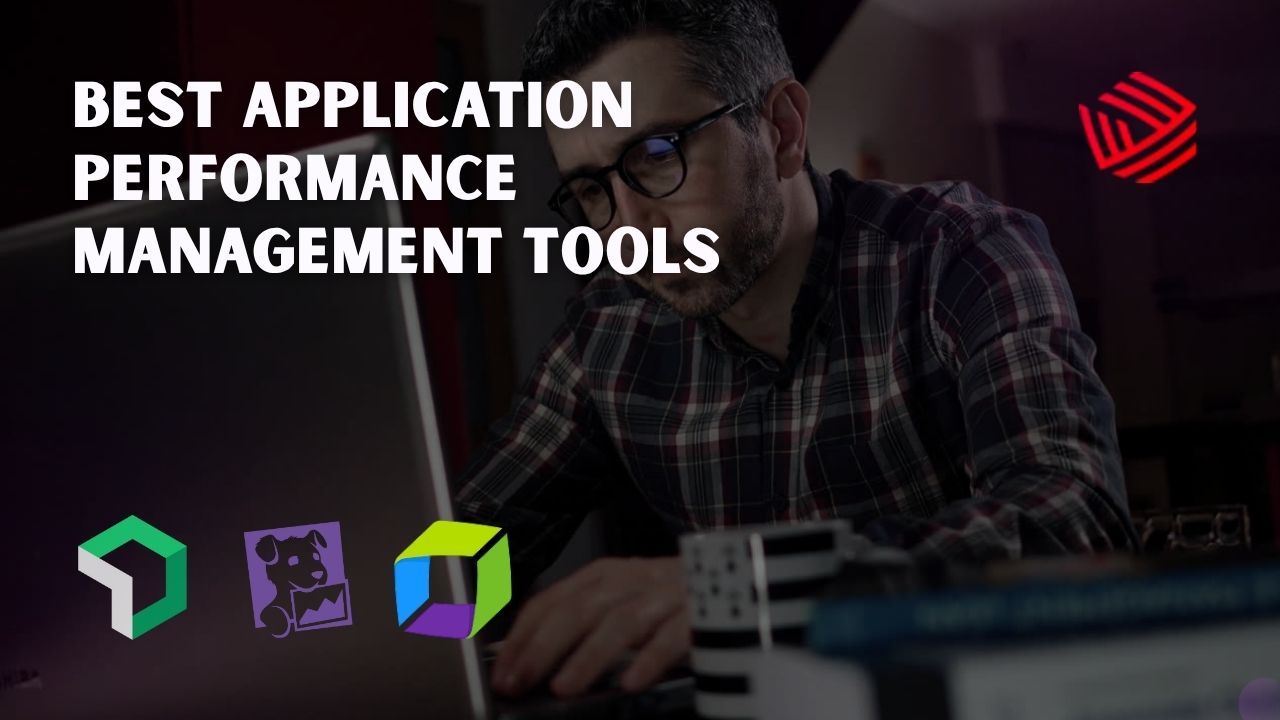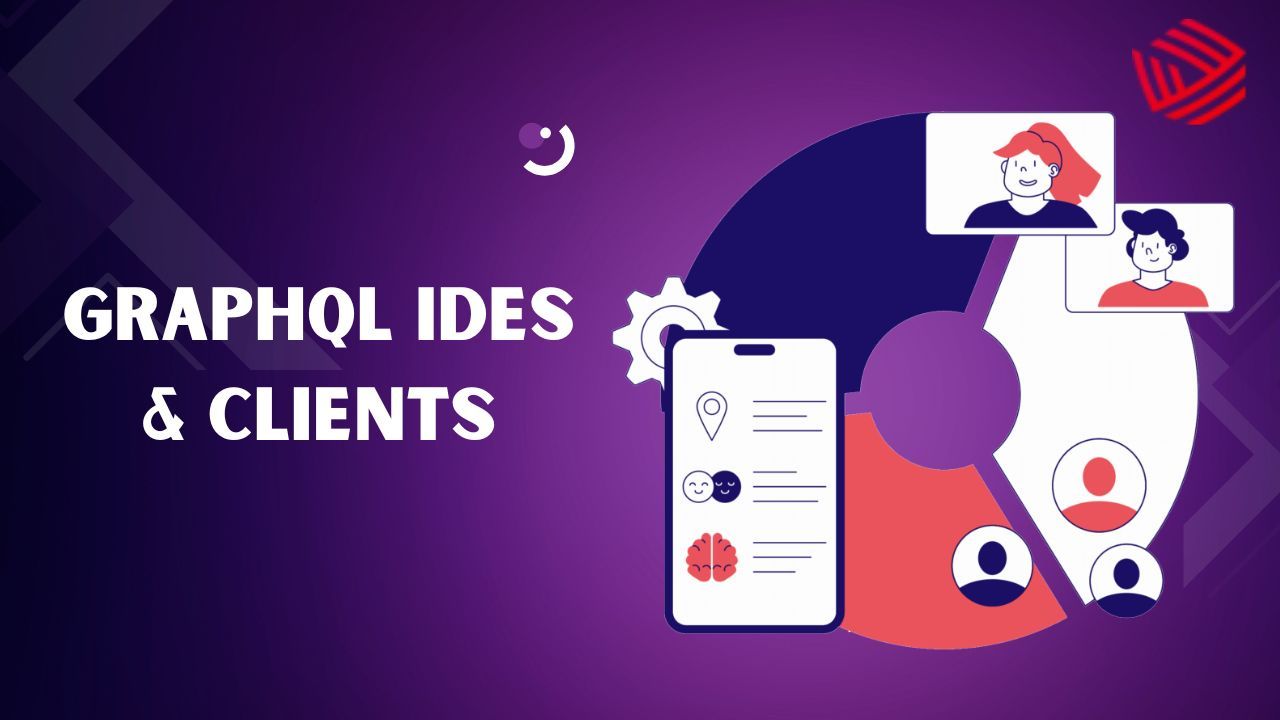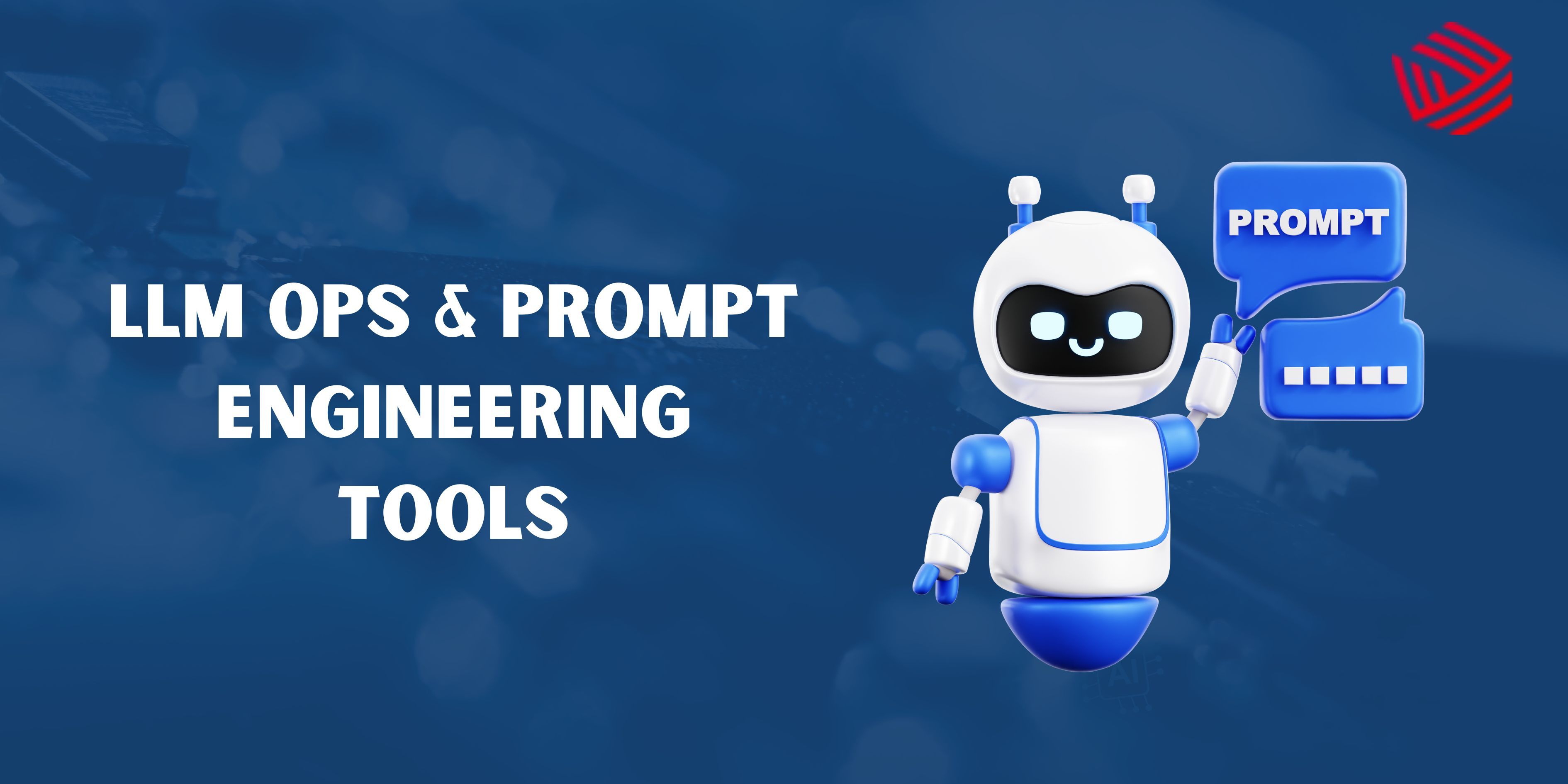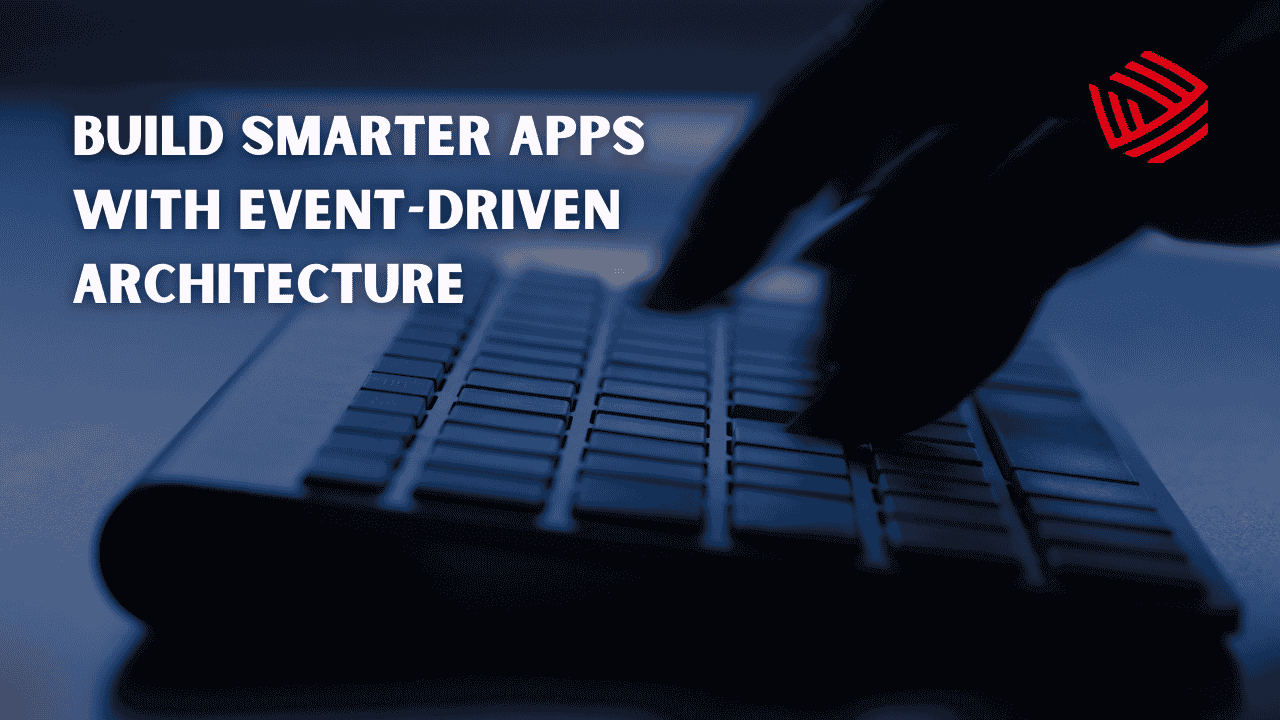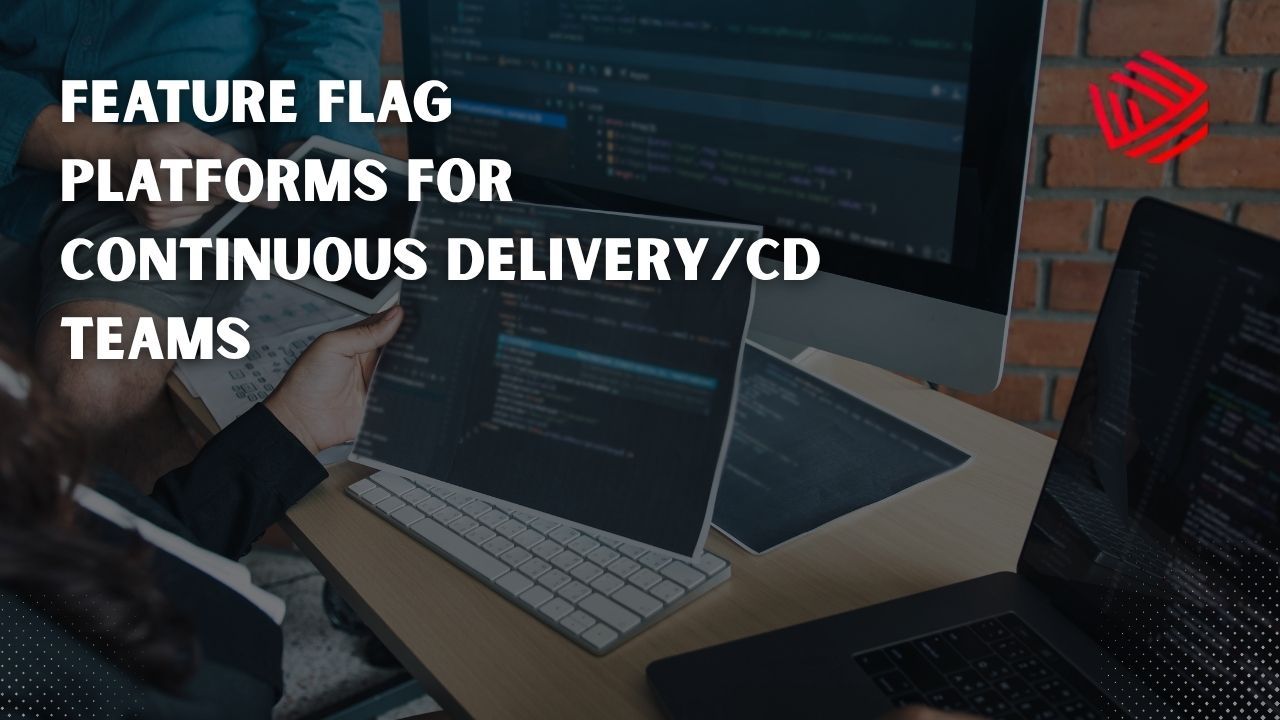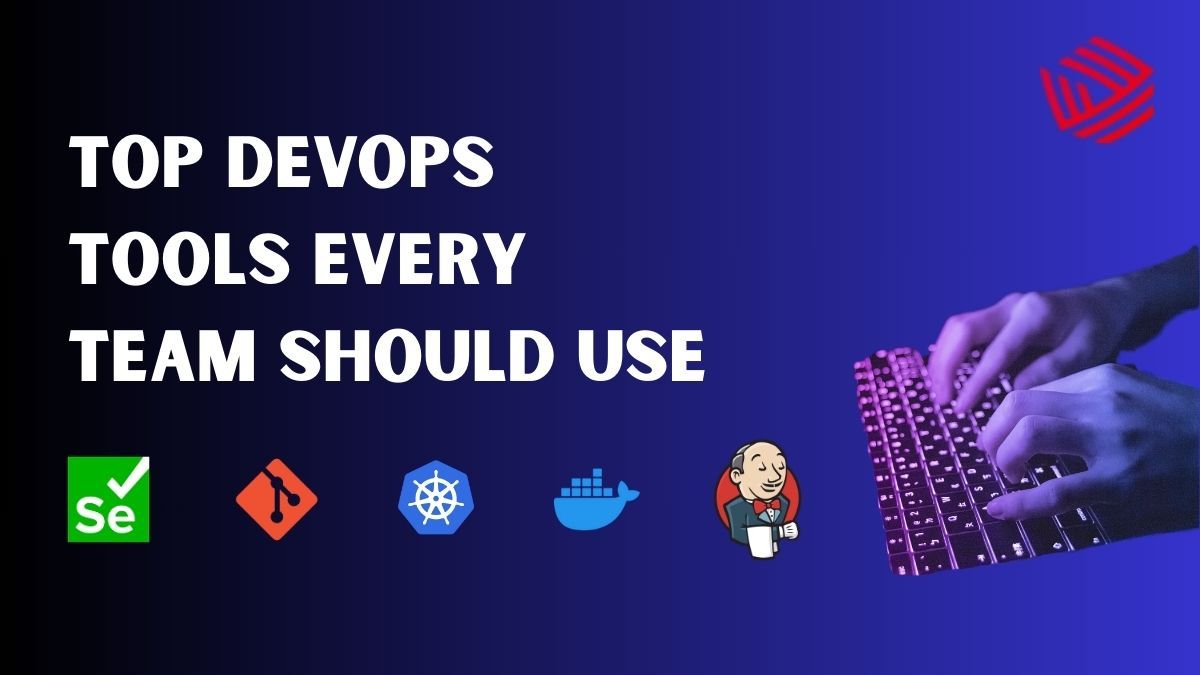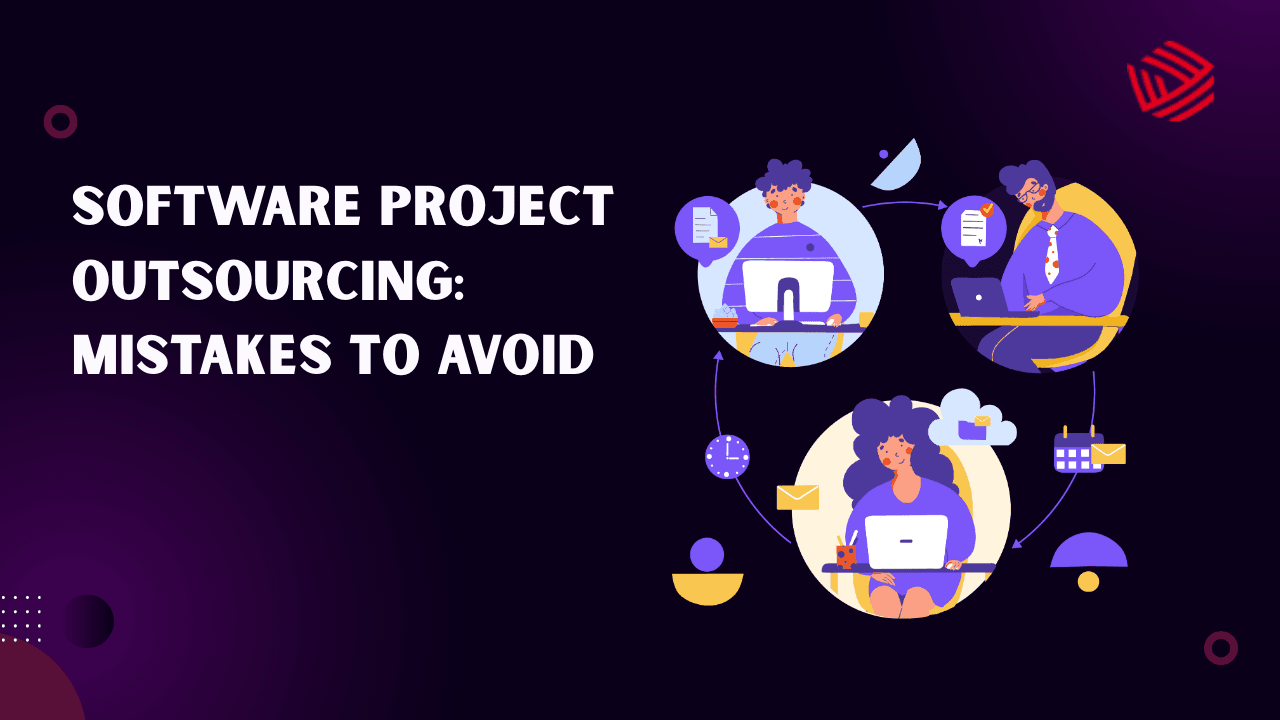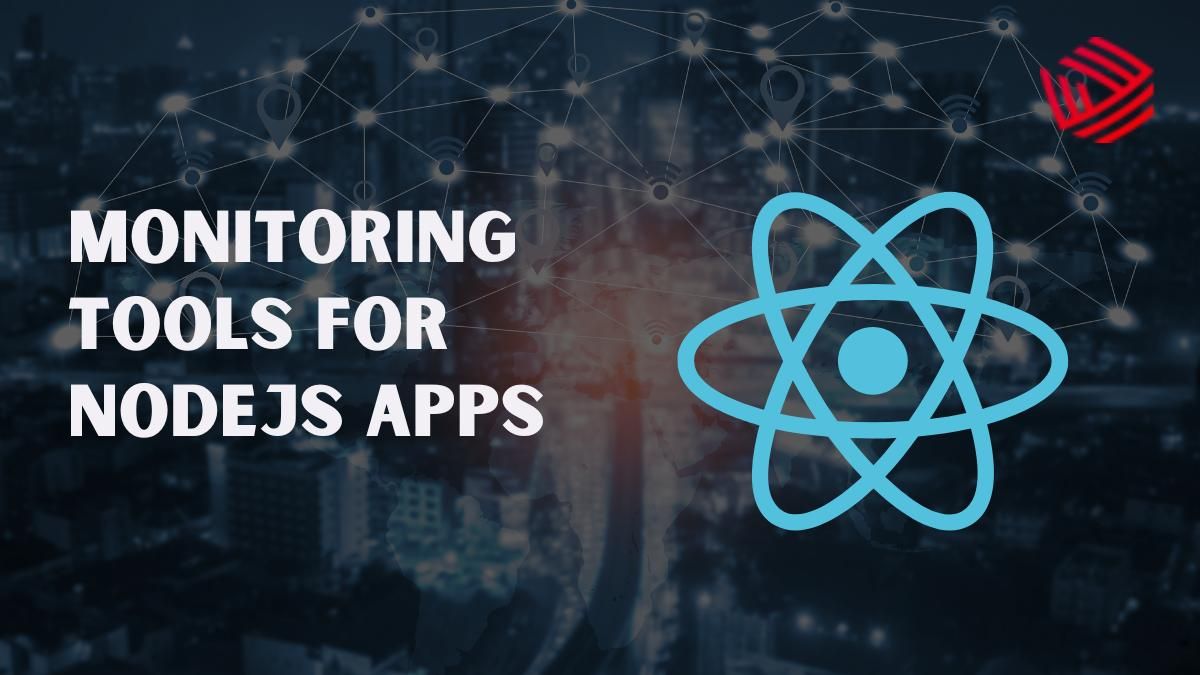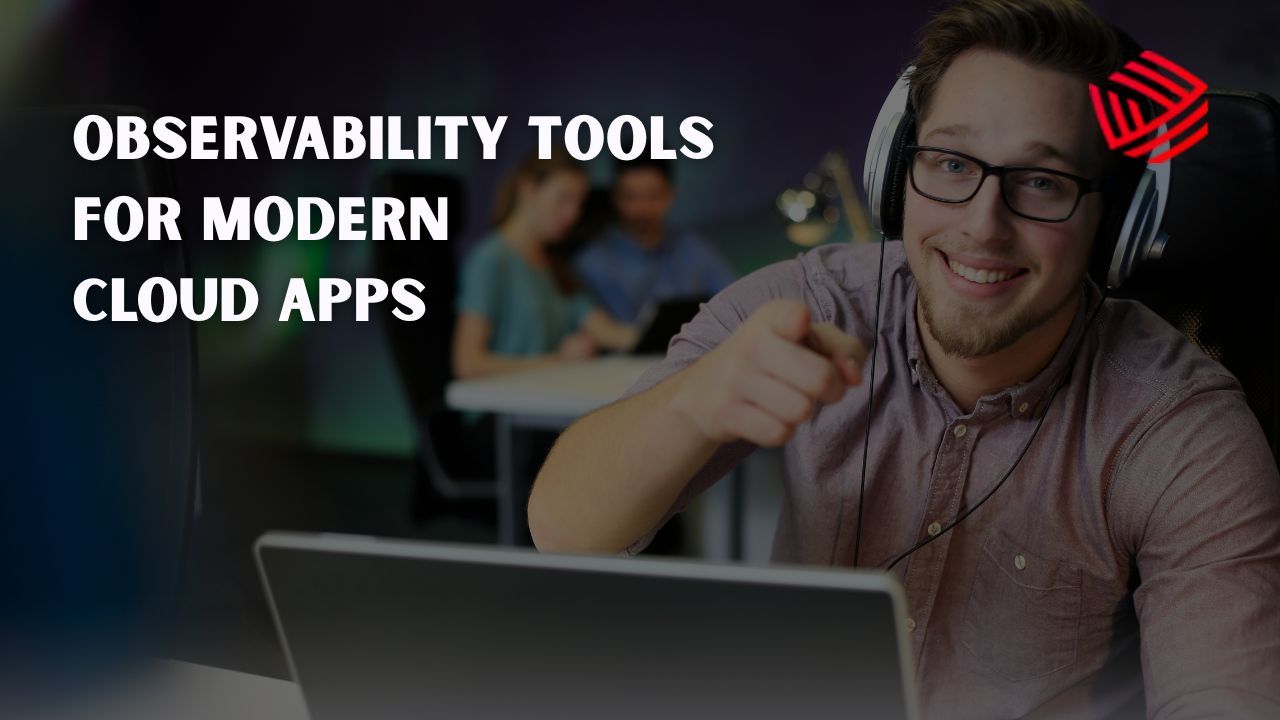As AI applications continue to evolve, handling unstructured data—especially embeddings generated by models like OpenAI’s GPT, BERT, or custom LLMs—has become a major challenge. This is where vector databases step in. These specialized databases store high-dimensional vectors and enable efficient similarity searches, making them essential for powering AI-based search, recommendation systems, semantic retrieval, and generative AI pipelines.
Whether you're a Full Stack Developer, AWS Developer, React Native Developer, or AI Engineer, choosing the right vector database is crucial to delivering fast, scalable, and intelligent AI-powered applications.
What is a Vector Database?
A vector database is built to store and query vectors—mathematical representations of data such as text, images, or audio. These vectors often originate from AI models and are used for similarity search, semantic search, embedding retrieval, and more.
Key use cases:
- Natural language processing (NLP)
- Chatbots and LLM memory
- Image and voice search
- Personalized recommendation systems
- AI search engines and copilots
Why Developers Need Vector Databases
Whether you're working in JavaScript, NodeJS, Spring Boot, or PHP, vector databases help:
- Improve AI app performance with millisecond search
- Scale with billions of embeddings
- Integrate seamlessly with Python, TypeScript, Java, and NextJS
- Enable vector similarity across apps like Shopify stores, iOS apps, or WordPress plugins
Top 10 Vector Database Tools for AI Apps
1. Pinecone
Best For: LLM-based applications, RAG (Retrieval-Augmented Generation), semantic search
Used By: SaaS Developers, AWS Developers, Full Stack Developers
Why It Stands Out:
Pinecone offers a fully managed, production-ready vector database. It's built for low-latency vector search and supports real-time indexing and filtering—perfect for AI-first startups and enterprise-grade AI apps.
Key Features:
- Automatic vector indexing
- Native support for OpenAI, HuggingFace, Cohere
- Real-time filtering and metadata support
- Scalable to billions of vectors
Integrations:
Python SDK, LangChain, AWS Lambda, Node.js
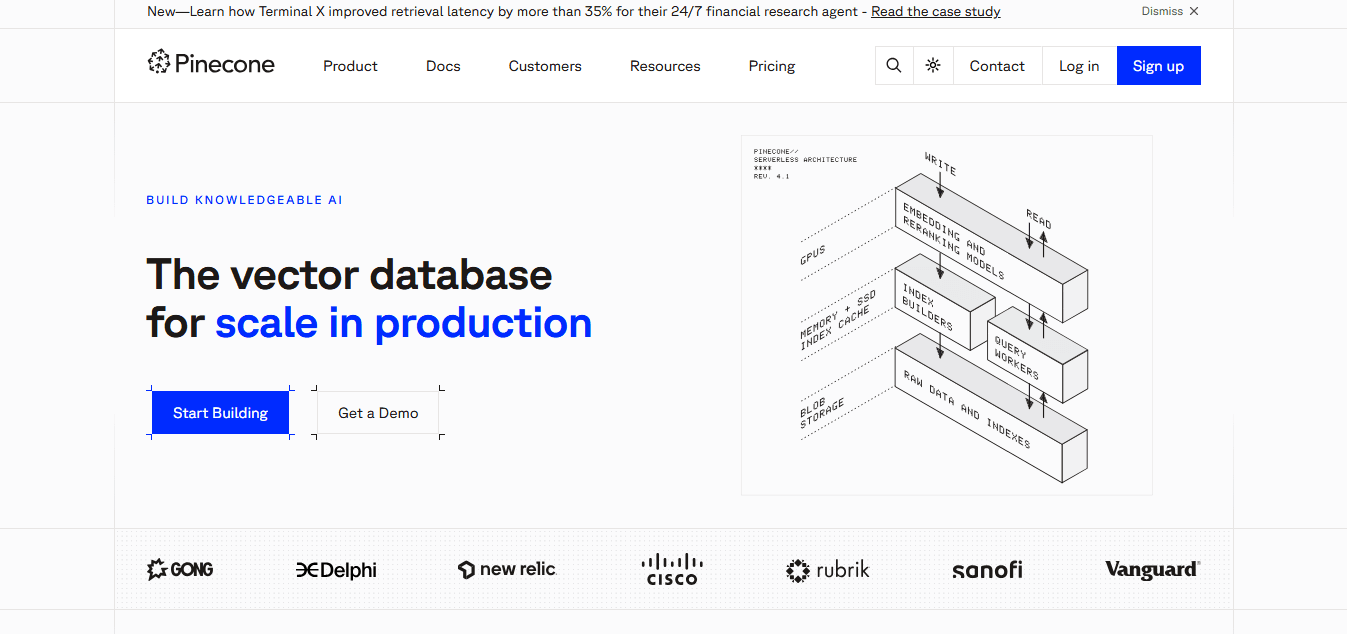
2. Weaviate
Best For: Multi-modal AI apps (text, images, audio), Semantic search
Used By: Python Developers, AngularJS Developers, MEAN Stack Developers
Why It Stands Out:
Weaviate is an open-source vector database with built-in vectorizers for text, image, and audio embeddings. It’s highly extensible, perfect for developers who want to combine structured data with unstructured vector search.
Key Features:
- Integrated modules for transformers and sentence embeddings
- Native GraphQL support
- Multi-vector search per object
- Automatic schema generation
Use Cases:
AI assistants, LLM retrieval systems, search apps
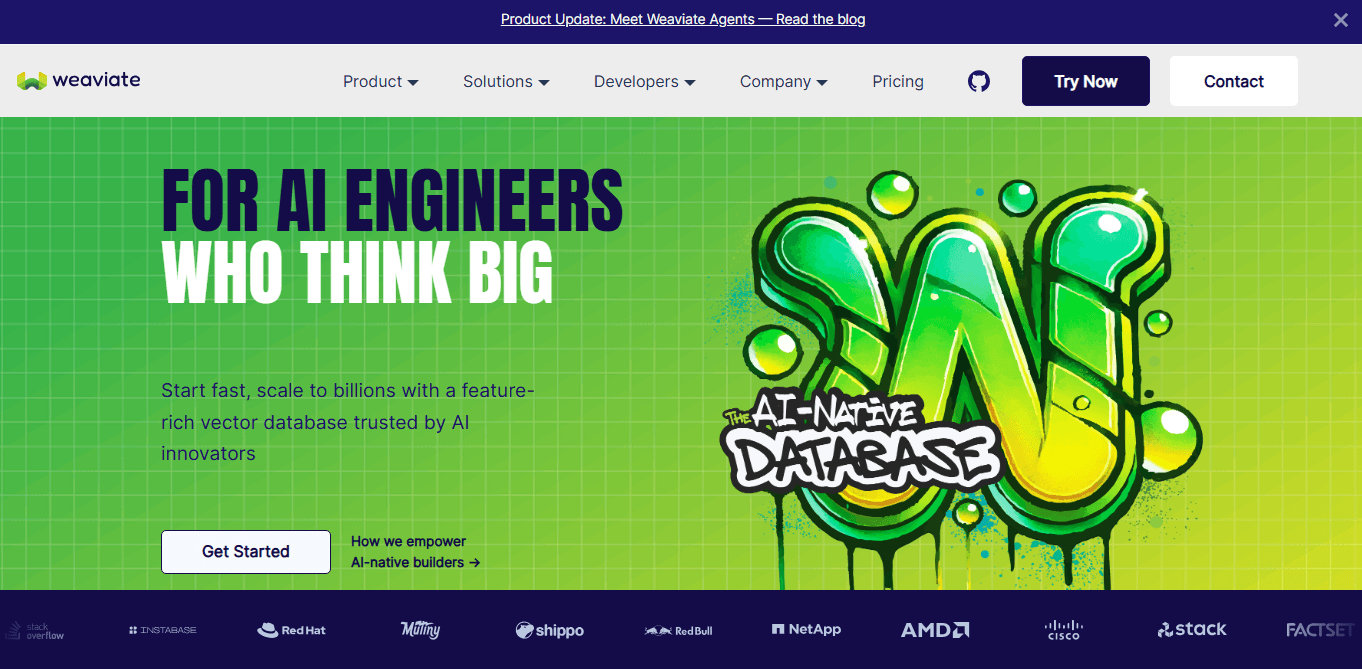
3. Milvus
Best For: Large-scale AI applications and hybrid search
Used By: DevOps Engineers, Software Testers, Django Developers
Why It Stands Out:
Milvus is designed for ultra-scalable vector storage and retrieval. Its performance is optimized for billions of vectors—making it ideal for enterprise-grade AI systems and production deployment.
Key Features:
- Support for hybrid search (vector + keyword)
- GPU acceleration
- Scalable indexing: IVF, HNSW, ANNOY
- Works with Faiss, Proxima, and more
Use Cases:
Enterprise AI, fraud detection, visual similarity
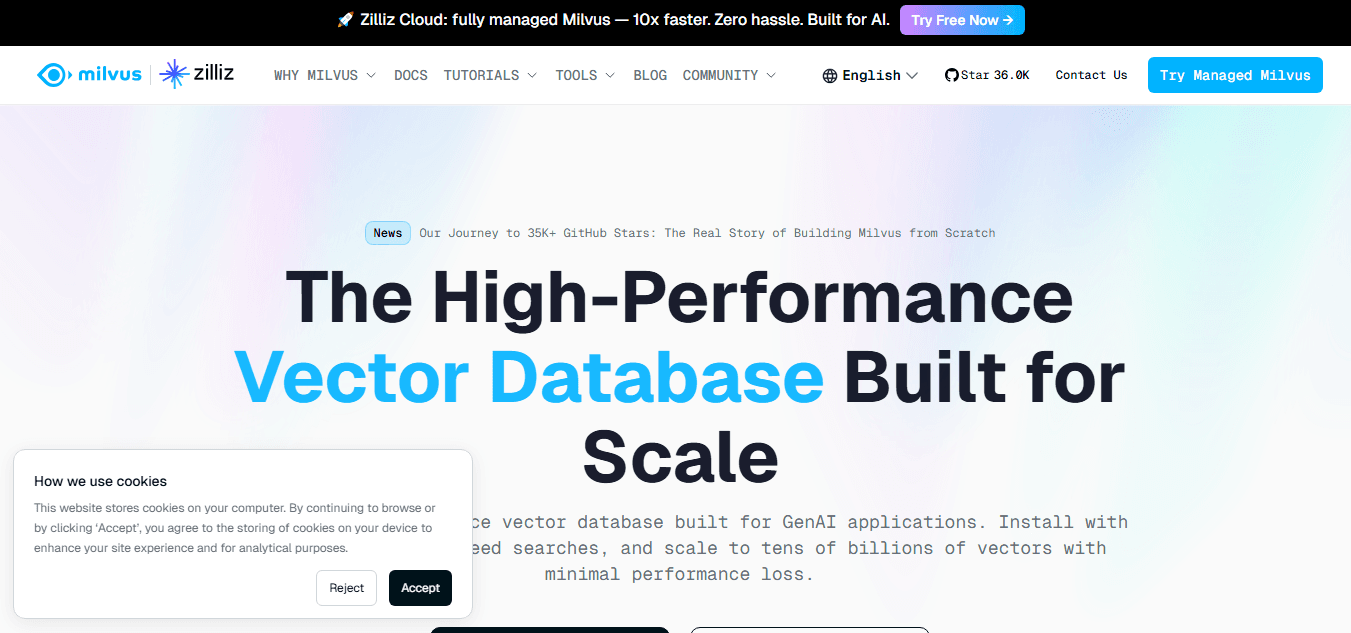
4. Qdrant
Best For: Real-time recommendation systems and AI copilots
Used By: ReactJS Developers, Java Developers, Mobile App Developers
Why It Stands Out:
Qdrant is an open-source vector search engine focused on real-time performance and flexibility. It’s lightweight yet powerful, suitable for both startups and enterprises.
Key Features:
- Real-time update support
- Vector filtering by metadata
- REST, gRPC, and WebSocket APIs
- Docker-ready and Rust-backed
Use Cases:
AI chat memory, contextual AI search, recommendation engines
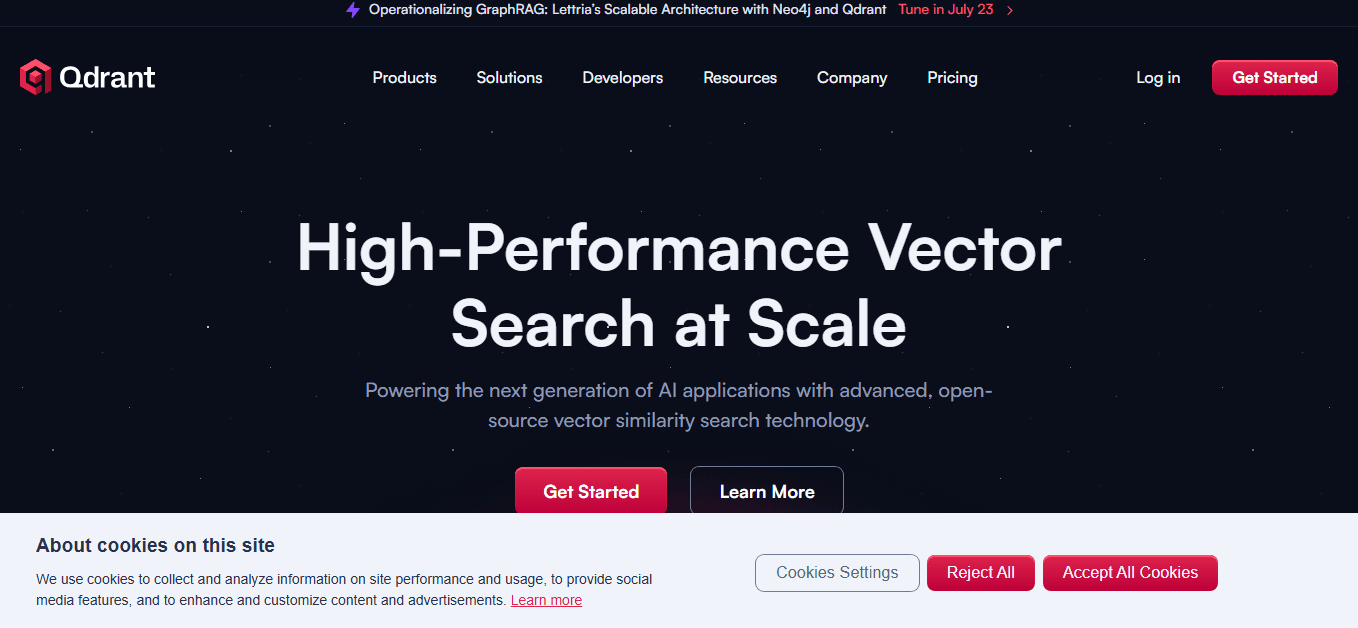
5. FAISS (Facebook AI Similarity Search)
Best For: Custom AI pipelines, offline vector similarity search
Used By: Python Developers, ROR Developers, Magento Developers
Why It Stands Out:
FAISS is a popular library developed by Facebook AI Research. It’s ideal for custom solutions, high-throughput similarity searches, and research.
Key Features:
- C++ and Python bindings
- Multiple indexing strategies (IVF, PQ, HNSW)
- GPU acceleration
- Highly customizable
Downside:
Not a full DB—requires manual integration for metadata and indexing
6. Chroma
Best For: Lightweight AI memory stores in LLM apps
Used By: NodeJS Developers, ExpressJS Developers, TypeScript Developers
Why It Stands Out:
Chroma is a fast-growing open-source vector database designed for LLM applications. It prioritizes simplicity and integration with modern frameworks like LangChain.
Key Features:
- In-memory and persistent storage modes
- LangChain and LlamaIndex compatibility
- No complex schema setup
- Perfect for prototyping
Use Cases:
Local memory for chatbots, quick prototyping, testing

7. Vald
Best For: Kubernetes-native AI applications
Used By: Kubernetes DevOps, ViteJS Developers, Open Source Developers
Why It Stands Out:
Vald is a highly scalable, cloud-native vector database built on top of Kubernetes. It supports dynamic data scaling and automated sharding.
Key Features:
- Full Kubernetes-native architecture
- HNSW and Faiss backend
- Auto-scaling and load balancing
- Horizontal pod scaling for large deployments
Use Cases:
ML pipelines in Kubernetes, scalable search, AI microservices

8. Zilliz Cloud
Best For: Fully managed vector database built on Milvus
Used By: AWS Developers, Shopify Developers, Frontend Developers
Why It Stands Out:
Zilliz Cloud brings all the power of Milvus into a fully managed environment. Developers no longer have to handle deployment, security, or scaling.
Key Features:
- One-click deployment
- S3 storage integration
- Elastic scaling and monitoring
- Support for various AI models and SDKs
Use Cases:
E-commerce AI search, mobile LLM applications, video search
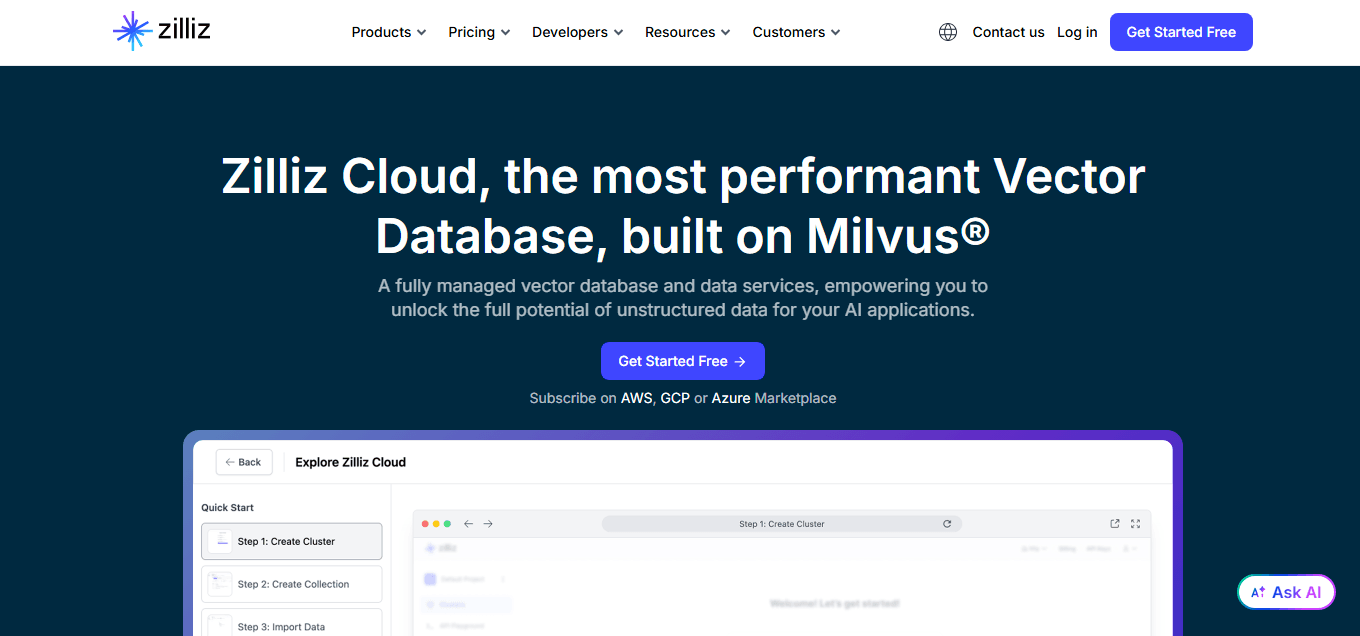
9. Redis with Vector Search (Redis-Search)
Best For: Adding vector similarity to traditional applications
Used By: PHP Developers, WordPress Developers, ASP.NET Developers
Why It Stands Out:
Redis has evolved to support vector similarity search via its Redis-Search module. It’s a great option for teams already using Redis for caching, session, or real-time data pipelines.
Key Features:
- Flat and HNSW vector indexing
- High-speed ingestion and queries
- Easy integration with existing Redis setups
- Low-latency for real-time applications
Use Cases:
Chatbot memory, ecommerce AI filters, CMS plugin integration
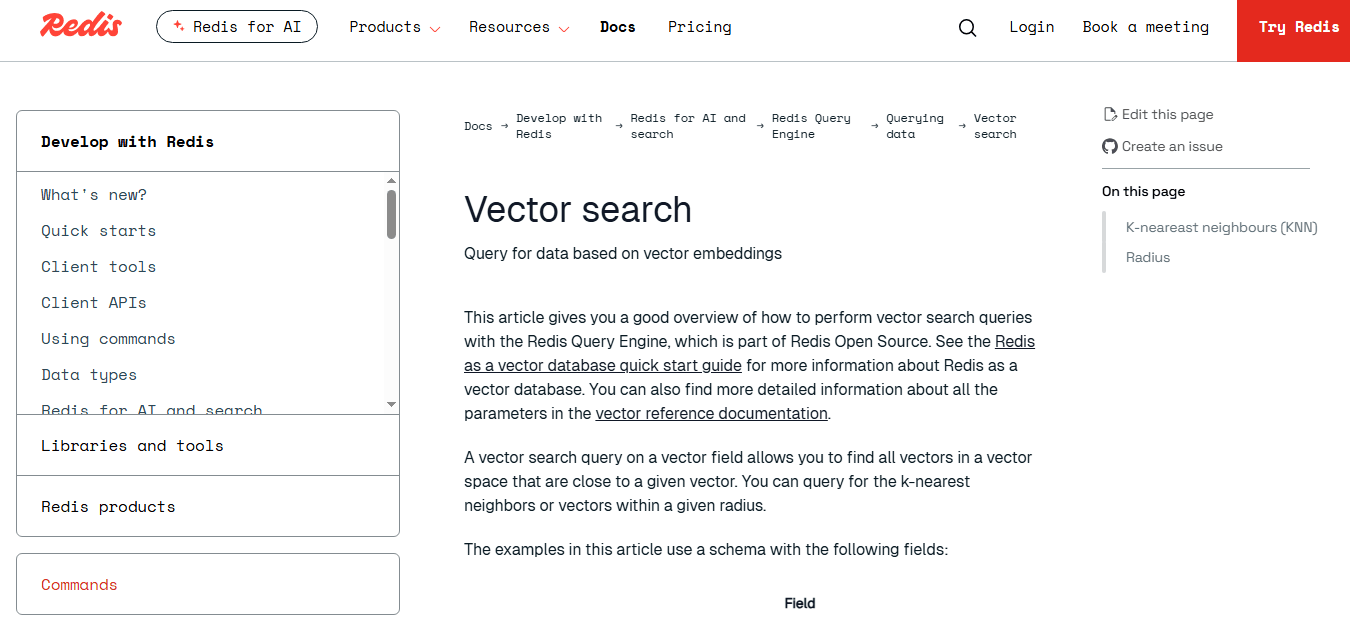
10. Typesense with Vector Search
Best For: AI search with fallback to keyword + filters
Used By: HTML5 Developers, UI/UX Designers, iPhone App Developers
Why It Stands Out:
Typesense is a developer-first search engine with vector support. Ideal for hybrid search, it lets you combine vector embeddings with full-text search and filters.
Key Features:
- Fast vector + keyword hybrid search
- Easy integration with JS frameworks like VueJS and React
- Lightweight, minimal server requirements
- Great for frontend-heavy applications
Use Cases:
In-app search, AI-driven CMS, product recommendation UI
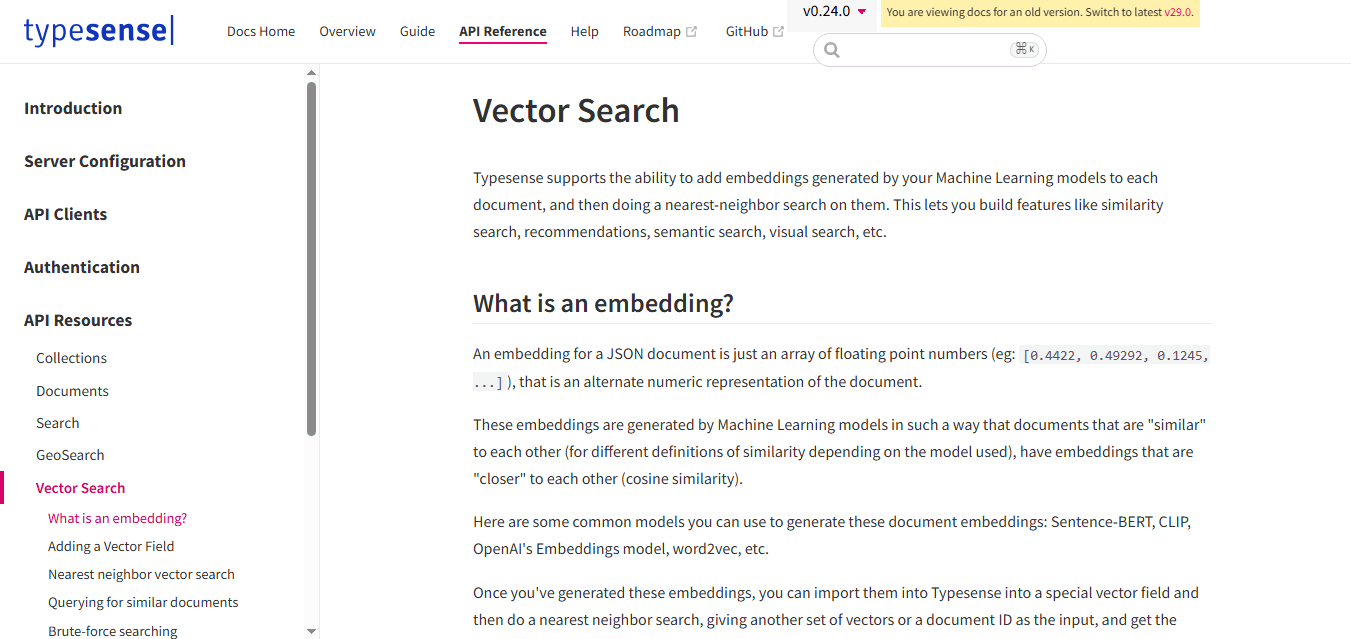
Why Vector Databases Are Core to AI-Powered Development
As artificial intelligence becomes a foundational layer in software development, the infrastructure behind it must evolve—and vector databases are at the forefront of this transformation. From powering semantic search and intelligent recommendations to enabling real-time natural language interactions, vector databases have become non-negotiable components for modern AI applications.
Whether you're building scalable AI pipelines as a DevOps Engineer, crafting advanced interfaces as a UI/UX Designer, or fine-tuning real-time recommendation engines as a Backend Developer, vector databases offer the performance, scalability, and intelligence your apps demand.
Vector Databases: The Fuel for Next-Gen AI Apps
Unlike traditional databases designed for structured tabular data, vector databases are optimized for high-dimensional vector representations—the backbone of modern AI. These embeddings, derived from text, images, audio, or even user interactions, allow applications to understand and process information semantically rather than just syntactically.
For React Native Developers, Android Developers, or Flutter Developers, this translates to smarter mobile interfaces—think personalized user feeds, voice command understanding, and intelligent in-app search.
For Python Developers, Java Developers, and NodeJS Developers, it means tighter integration with machine learning models and LLM pipelines, accelerating your backend architecture for scalable deployment.
Real-World Application Across Developer Roles
Let’s explore how vector databases directly benefit each type of developer and their typical use cases:
1. Software Developers & Full Stack Developers
Vector databases like Pinecone and Qdrant simplify the integration of LLM-based features like chat memory, autocomplete, and smart search—whether you’re using Next.js, Express.js, or Spring Boot.
2. AWS Developers
With platforms like Zilliz Cloud and Weaviate, you can build serverless, auto-scaling AI-powered systems on AWS Lambda, ECS, or Fargate, while maintaining low-latency retrieval at scale.
3. MEAN/MERN Stack Developers
By integrating tools like Milvus or Redis Vector Search, you can plug AI search directly into MongoDB + Angular/React applications—ideal for chatbots, document search, and smart CRMs.
4. Frontend & JavaScript Developers
For VueJS, ReactJS, or Tailwind CSS developers, vector databases like Typesense bring AI to the UI layer with hybrid keyword + semantic search, enabling smarter filters, auto suggestions, and intuitive experiences.
5. Mobile & Cross-Platform Developers
iOS Developers, Android Developers, and React Native Developers can use lightweight tools like Chroma or API-first tools like Qdrant to integrate vector similarity search in resource-constrained mobile environments—without compromising on performance.
6. Django, Magento, WordPress, Joomla, Shopify Developers
Open-source developers working on CMS and ecommerce platforms can embed AI features such as semantic product search, auto-tagging, and AI-driven recommendations using Redis or Qdrant APIs.
7. DevOps & SaaS Engineers
Managing billions of vectors across microservices and ensuring observability? Kubernetes-native tools like Vald provide high-availability, autoscaling, and distributed vector storage that fits naturally into CI/CD pipelines.
Choosing the Right Vector DB: Key Takeaways
Here's a recap of how to choose the ideal vector database based on your role, app size, and development environment:
Scenario | Recommended Tools | Reason |
| Need fast setup with OpenAI/GPT-4 | Pinecone, Chroma | LangChain-friendly, production-ready |
| Hybrid search: semantic + keyword | Weaviate, Typesense, Redis | Combines metadata + vector search |
| Large-scale apps (100M+ vectors) | Milvus, Zilliz Cloud, Vald | High-throughput, scalable infrastructure |
| On-device or mobile-first apps | Qdrant, Chroma | Lightweight and fast |
| Kubernetes-based infrastructure | Vald, Milvus | Native support for autoscaling, GPU |
| Open-source & customizable | FAISS, Weaviate, Qdrant | Developer-friendly, community-supported |
| No-code AI integrations | Pinecone + LangChain + Streamlit | Build AI MVPs without backend effort |
Vector Databases vs Traditional Databases: A Paradigm Shift
Traditional databases are optimized for exact matches, whereas AI applications demand semantic understanding. If you’re working with LLMs, embeddings, or recommendation engines, SQL databases fall short in delivering relevance. That’s why roles like Java Developers, PHP Developers, Ruby on Rails (ROR) Developers, and ASP.NET Developers are increasingly integrating vector DBs alongside traditional RDBMS systems.
How Vector DBs Integrate Across Your Tech Stack
Whether you’re building with:
- Frontend Tools: VueJS, Tailwind CSS, HTML5, Next.js
- Backend Frameworks: Django, Spring Boot, Node.js, Express
- Cloud Platforms: AWS, GCP, Azure
- Mobile Frameworks: Flutter, Ionic, React Native
- Dev Tools: Docker, Kubernetes, GitOps
...vector DBs fit seamlessly. Most offer RESTful APIs, SDKs in Python/JS/Java, and native support for LangChain, LlamaIndex, and OpenAI.
Future of Vector Databases in Developer Workflows
As we move deeper into 2025 and beyond, vector databases will become as standard as SQL for any intelligent system. Every Shopify store, Android app, or WordPress plugin embedding generative AI features will likely have a vector backend.
Additionally, modern frontend stacks using ViteJS, TypeScript, JavaScript, and ReactJS will lean on vector-powered APIs to enrich user experience with personalization, AI copilots, and contextual search.
Even UI/UX Designers will design around capabilities like semantic tagging, real-time recommendations, and natural language filtering, all powered by vector databases.
The AI-Driven Developer’s Tech Arsenal
As a developer, staying ahead means choosing tools that help you build smarter, not harder. Here's how vector databases support that:
- Speed: Real-time inference from millions of vectors
- Scalability: Handle billions of queries across users and devices
- Accuracy: Semantic relevance > keyword matches
- Integrability: Works across REST, Python, JS, CLI, and mobile
- Adaptability: From open-source FAISS to managed Pinecone, there’s a fit for every stack
No matter if you're optimizing a B2B SaaS tool, crafting a personal AI assistant, or powering the backend of a cross-platform app, vector databases allow you to transform raw AI into actionable intelligence.
Final Words
The explosion of LLMs, multimodal AI, and embeddings is reshaping how developers build everything—from websites and mobile apps to ecommerce platforms and enterprise tools. As this shift continues, vector databases will be the silent engine powering the next generation of contextual, intelligent, and scalable software.
By aligning the right vector database tool with your specific developer stack—whether you’re a Magento Developer, iPhone App Developer, or ASP.NET Coder—you unlock the full potential of your AI projects.
So choose wisely, prototype smartly, and prepare your apps for the semantic, AI-first world that’s not just coming—it’s already here.

